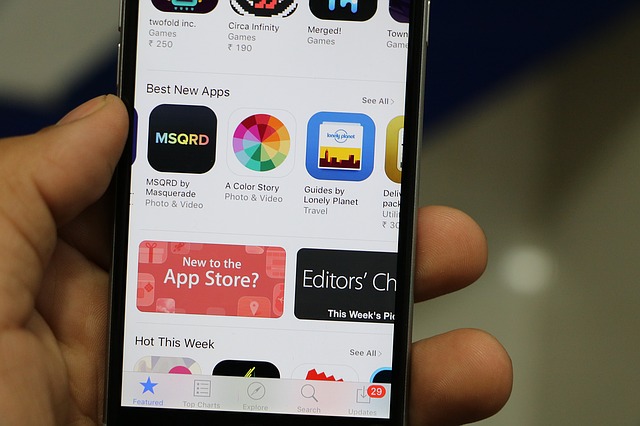Technology is an inextricable part of the present and an integral part of the future. Upon its constant progress rests the fate of the world, and that’s without being overly dramatic. From environmental protection, all the way to seamless global communication, modern earthling uses technology to redefine the human experience. And eSIM is next in line to transform mobile communication, and mobile technology as we know it.
Succinctly, eSIM aims to eliminate traditional SIM cards while introducing a wealth of new possibilities for smartphone manufacturers, network operators, and consumers. It’s a circuit integrated into a motherboard of an electronic device, in this case, a smartphone, that allows a consumer to connect with a network provider instantly. But that is only the beginning, here are the five ways eSIM will transform mobile telecommunications.
Boot up, get online
The only thing a new smartphone is good for without a SIM card is taking photos and being pretty. Once you buy it, you need to insert a SIM in order to connect to your operator, download the necessary data package, and finally be able to get online. Well, at least this used to be the process until industry innovators like Apple, Samsung, and Google started promoting the young piece of technology in recent years.
With eSIM devices coming to consumer markets around the world, the issue of getting the device up and running will become a thing of the past. The eSIM smartphone comes with built-in connectivity, allowing the consumer to connect with their preferred network provider instantly, without having to obtain the physical SIM. This also means that the consumer will be able to switch operators in a seamless, efficient way.
Switching operators on a dime
Switching network carriers is a time-consuming process, and it requires of a consumer to physically obtain a new SIM card, and repeat the start-up procedure. When you download the data for a specific operator, your SIM card is tied to the network provider, and the only way to change carriers is to replace cards. With eSIM technology, this process becomes easier for the consumer, and the operator taking on new clients.
That doesn’t mean that standard contracts won’t still be in effect, or that the consumer can simply change operators on a whim, but it does mean that that the entire process would cost less and take less time and effort. This is a major benefit that the consumer market will welcome with open arms, but it’s still not everything the technology has to offer.
Eliminating roaming fees abroad
Perhaps one of the biggest benefits of eSIM technology is the elimination of roaming fees. Travelling abroad and using the services of your original network operator while in roaming mode is notoriously expensive, and unsustainable. With an eSIM, the consumer has the freedom to download a local network plan and pay the local rates, thus avoiding unnecessary charges.
This will require you to have a device with eSIM technology, so when you’re asking yourself the question which iPhone should I get, opt for one of the newer models such as the iPhone XS and XS Max. Much like other smartphone manufacturers, Apple will include the eSIM feature in the newer models, so consumers looking for these types of benefits in terms of connectivity should follow the model specs closely. The technology will allow the consumers to save their old number, and switch to a new operator for the duration of their trip abroad.
Achieving seamless connectivity between devices
Seamless connectivity between various smart devices such as wearables has been a problem, as the technology is still in its infancy. While this is a matter of software development, wearable technology also has difficulties evolving into communication devices that operate within the parameters of a network provider.
Because there is a need to fit a SIM card into a small wearable device, the technology becomes completely reliant on Wi-Fi and portable hotspots, when and if these features are available. As consumer electronics and smart devices become more refined, the need for seamless connectivity becomes that much more important, and built-in eSIM technology aims to enable this feature across all electronic devices in the near future.
No SIM slot means more room for improvement
Lastly, it’s important to keep in mind that SIM slots take up much of the valuable space inside a smartphone. The delicate hardware needed to house and run a SIM card not only takes up much-needed room that the manufacturer could use to store more processing or storage power inside the device, but it also makes the device needlessly bulkier.
With eSIM technology, manufacturers will kick-start a new era of even sleeker, slimmer smartphones, as the elimination of the SIM port entirely will free up plenty of space inside the device. This will result in a surge of new devices that not only perform better but look the part as well.
Technology is evolving at a fascinating rate, and the eSIM is bound to transform the mobile telecommunications industry as a whole. With everyone standing to benefit from the introduction of this innovative feature, it’s only a matter of time before the SIM card becomes a thing of the past.
Raul is a B.Sc. in Innovative entrepreneurship and has a lot to say about innovations in all aspects of digital technology and online marketing. While he’s not enjoying football and great food, you can find him on Technivorz.com






Comment here